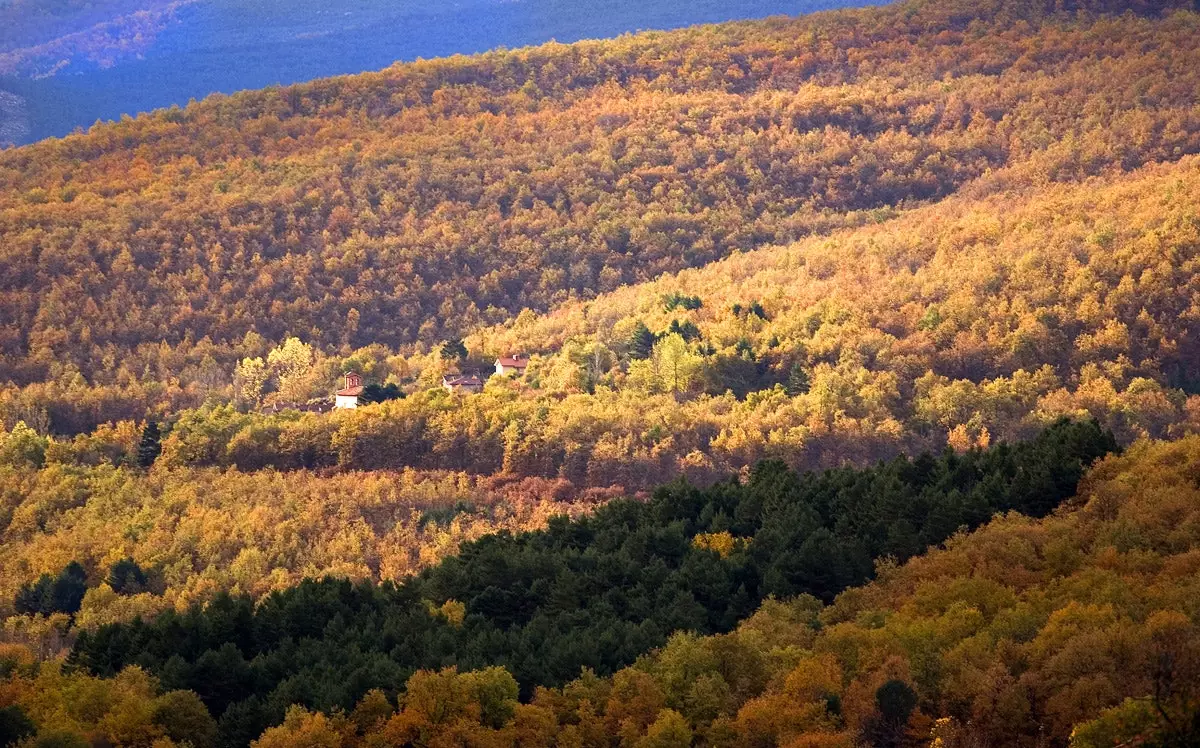
Discreet, this mountain has numerous attractions
Cameros is transhumance. Pasture land since time immemorial, when back in the Reconquest, when advancing towards the South, the incorporated lands were used in winter to graze the transhumant cattle. In spring and summer, a time of preparations and military campaigns, the herds returned to the towns of the mountains, as they were safer and kept the fresh pastures because they were at a higher altitude.
Currently, Transhumance has a museum in which tribute is paid to it. Located in Venta de Piqueras, it has a wide exhibition that collects material related to this herding trade. There, it is possible to contemplate from clothing or kitchen utensils to musical instruments, amulets, work tools and other items used by shepherds on their journeys.
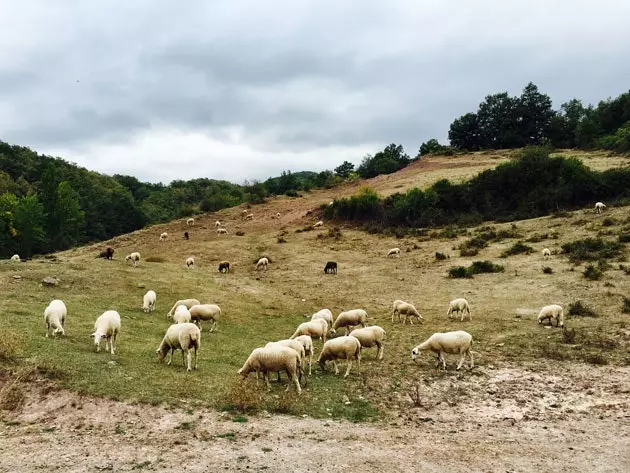
Cameros is transhumance
Cameros has lived until just a century ago mainly from cattle and their care, which has shaped the calm character of its inhabitants. But nowadays Cameros is much more. A place where you can experience nature up close, where you can enjoy outdoor sports, be it hiking or even water sports. It is a land of good food, with pâtés and sausages as essential on the table. It is also a place for truffles and marzipan , those of Soto, which are among the best known in Spain.
The Cameros are actually two. The Old Camero and the New . The Camero Viejo is a rougher land. Its mountains are more bare, but shelter a rosary of towns with overwhelming manor houses. Strolling through the streets of Laguna de Cameros, San Román or Soto, adorned with flowers and cobbled to the last corner, is to return to those times of transhumance and tranquility. It is breathing calm and peace with a centennial aroma.
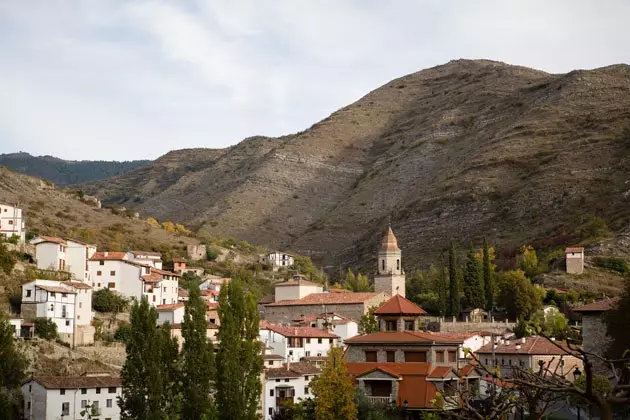
Soto
The Old Camero also keeps a secret . Very close to Soto, in the heart of the Biosphere Reserve, hides the spectacular landscape of the River Leza Canyon , a seven-kilometre gorge that can be seen from the road or, better yet, hiked up from the hermitage of the Virgen del Cortijo to the footprints of the dinosaurs. Because yes, in Camero Viejo there are also dinosaur tracks.
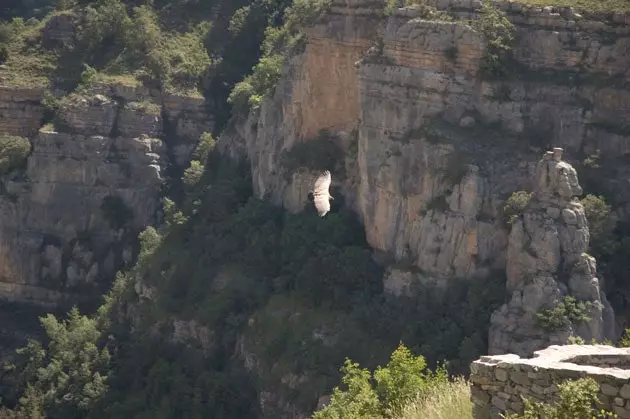
Can del Rio Leza
The village of Trevijano , hanging at a thousand meters of altitude, has another gift. One of the best views of La Rioja. But in addition to the panoramic view, there we can also enjoy the patchwork . This fashion of making fabrics with the remains of other fabrics, so modern, has been implanted in this area for a long time. Not by that name, of course. It is called almazuela and is documented in Riojan texts from the 17th century. They are colorful pieces with different home uses, especially quilts and tablecloths, which are made from scraps and pieces of disused clothing.
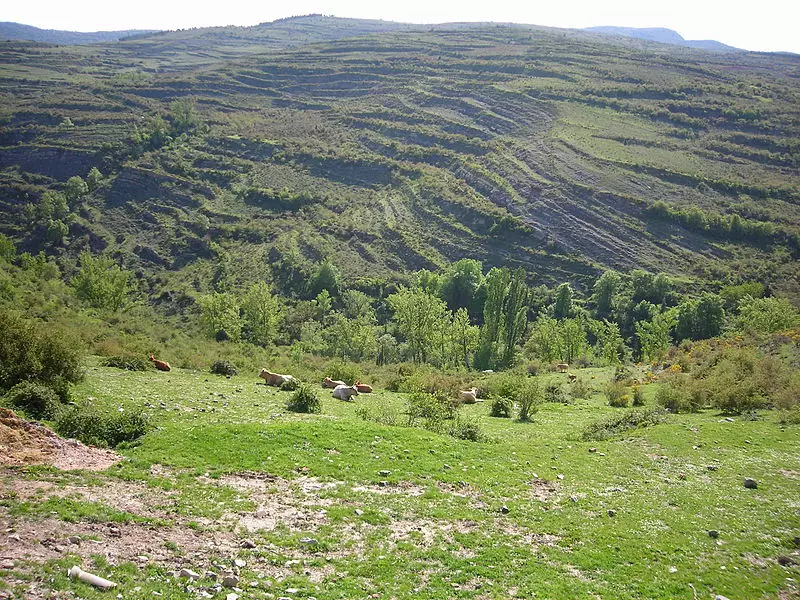
Trevijano terraces
In Camero Nuevo one can enjoy the Sierra Cebollera Natural Park , part of the backbone of the Iberian System. The leaves fall in the Sierra Cebollera and the mountain becomes provocative and exuberant. The mountains of this corner of Rioja show its powerful nature, that which reaches its maximum expression in autumn. It is then that the beech forests offer the visitor the best of themselves.
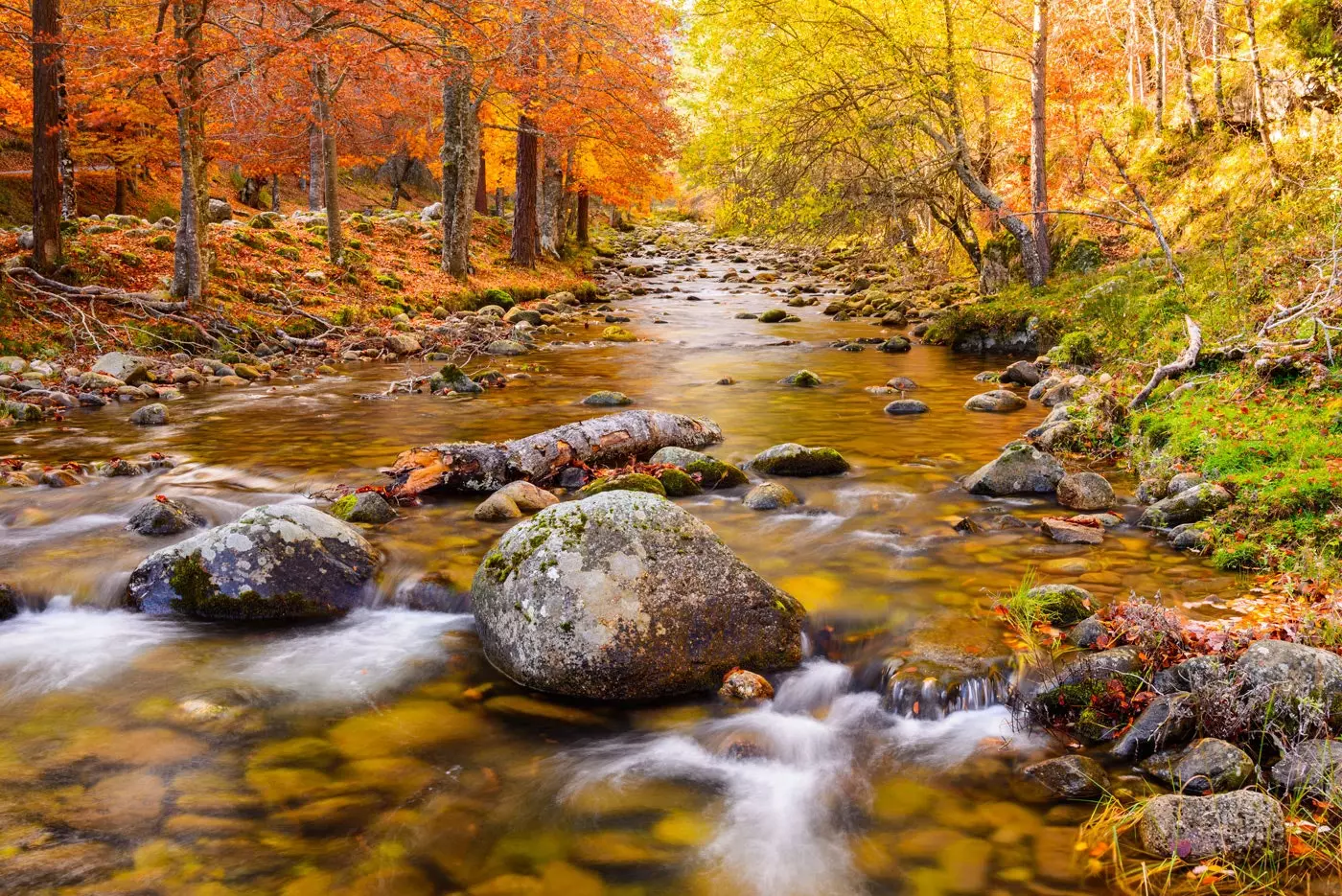
Sierra Cebollera Natural Park
In La Cebollera there is also space for art. Specifically for a set of sculptures by land art made by national and international artists that are distributed along the paths of the Virgin and Achichuelo. As a finishing touch, the Sierra gives shelter to the waterfalls of Puente Ra , in which water is the absolute protagonist.
A good option to start discovering the park is to start at the Interpretation Center , located in Villoslada in Cameros . In Ortigosa de Cameros are the Cuevas de Ortigosa, with galleries such as the cave of La Paz, which is 236 meters long. There you can see spectacular samples of stalactites, stalagmites, columns and other limestone formations.
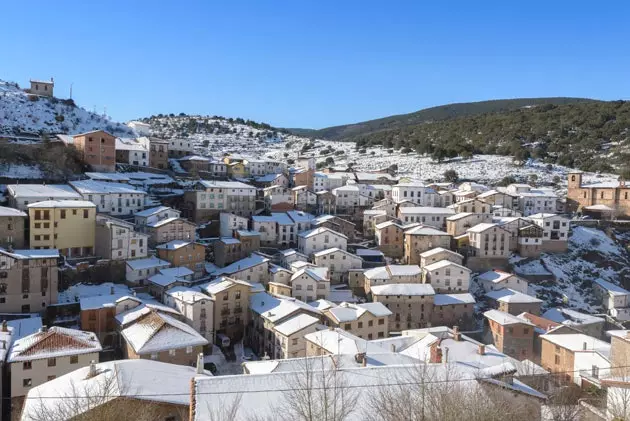
Ortigosa de Cameros
Whoever stops in Cameros cannot fail to visit its capital and nerve center. Torrecilla en Cameros is the largest population center in the area. there he was born Praxedes Mateo Sagasta, who was president of the Government in the Restoration. One cannot stop walking through its streets and discover its traditional architecture with its wooden ceilings.
To round it off, all you have to do is serve a good Rioja to go with the pinto beans or "the cuckoos" , small white beans that are only grown in Torrecilla. It will be only then when you can say that you have already been to Cameros.
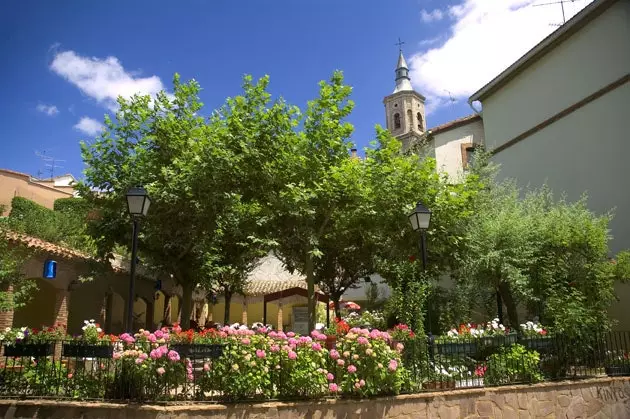
Torrecilla, the largest population center in the area
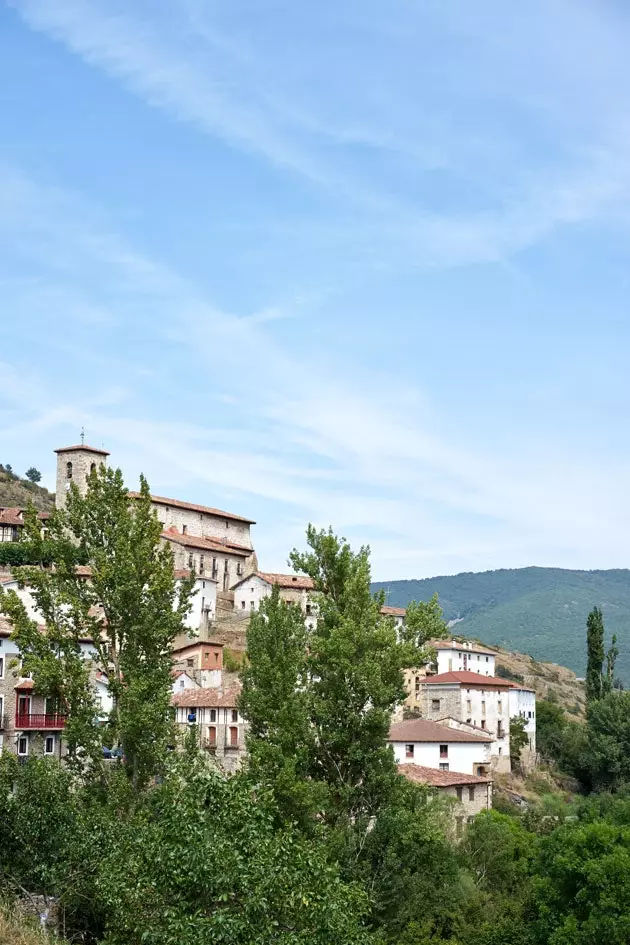
Villoslada
